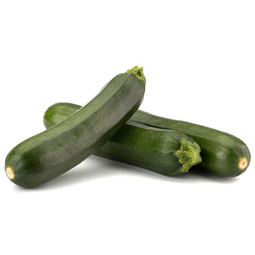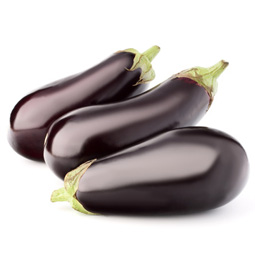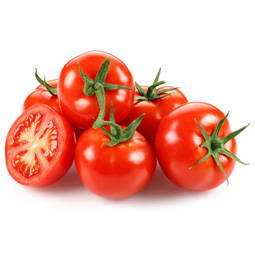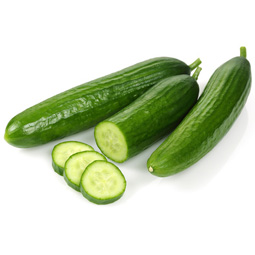
Courgettes (zucchini)
The courgette is a vegetable belonging to the Cucurbitaceae (gourd) family, native to Middle America, whose fruit, which is large and protected by a firm skin, is used as a food. Nowadays it is grown extensively all over the world.
It is 95% water and has no calorific content, so it is highly beneficial to health.
100 g of courgette has only 15 g of calories, but it contains a large amount of minerals, dietary elements, phosphorus, potassium, magnesium and calcium.
We have the best varieties, suited to market demand and to each harvesting period.
Packaging
All our products are packaged in a range of formats, either 40 x 30 or 60 x 40, of various heights, in cardboard, IFCO, EPS, customer packaging, etc.
Calibre
S M L







